By Christy Wong, GVJCI Social Media and Community Outreach Intern
Hello everyone! Today I would like to introduce a cooking recipe of a Japanese home food – Nikujaga, or beef potato stew in english. At this time of the year, one of the things that parents may worry about is preparing food for their children who may be home alone. They do not have that much time to prepare bentos for their children every day because of work. It is also the time of the year when many students may go back home to eat all the food that they missed. However, some of them may not be able to do so. Given these situations, what’s better than to make something that gives a taste of home in Japan, and that can be done in a short of amount of time! It takes just a few easy steps and a few ingredients to make a hearty nikujaga! Now let’s get started!
To make nikujaga, you will need the following ingredients: one piece of beef flank steak (around 200g), one onion, two potatoes, one carrot, and one pack of shirataki noodles. For the sauce, you will need soy sauce, mirin, and Japanese sake. For seasoning, you will need sugar and cooking oil.
Step 1: Slice the beef and onion into thin pieces, and dice the potatoes and the carrots.
Step 2: Soak potatoes into water to wash away the starch. You will see bubbles in the water as the starch comes out from the potatoes, just like picture shown! In the meantime, boil a pot of water and boil the shirataki noodles to wash away the smell of the noodles. Also, add a few drizzles of oil into the beef to marinate the meat.
Now let’s get cooking!
Step 3: Heat up the pan on medium heat, and first add the sliced beef into the pan and stir fry it. Stir fry the beef until the beef looks like in the following picture.
Step 4: Add the sliced onion into the pan and stir fry the onion until they are soft.
Step 5: Add the carrots and potatoes into the pan and stir fry until the potatoes look transparent, just like the picture shown below. Add 3 table spoons of sugar for seasoning.
Step 6: Add water until the water covers most of the ingredients. Cover the lid and let it simmer until the potatoes and carrots are soft. You can use a chopstick to poke them while they are cooking to see if they are soft or not!
Step 7: Add soy sauce, mirin, and sake into the stew to make the sauce. The ratio of the 3 sauces is 1 table spoon of soy sauce to 2 table spoon of mirin and 2 table spoon of sake. (1 soy sacue : 2 mirin : 2 sake)
Step 8: Add shirataki noodles into the stew.
Step 9: Bring to stew back to a boil and then do a taste test! If you find that the stew does not have enough flavor, you can add more soy sauce, mirin and sake in the ratio of 1:2:2!
Step 10: Almost done! Soak all the ingredients into the sauce and cover the lid! Let it simmer for 5-10 minutes or until the flavor of the stew suits you!
And there you go! A yummy, hearty Nikujaga is done! You can add some scallions on top for garnish too! Enjoy! :D


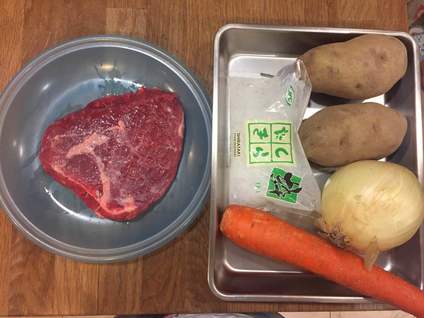
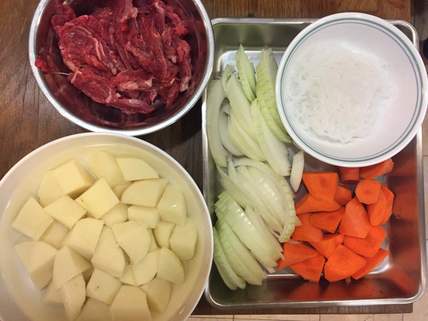
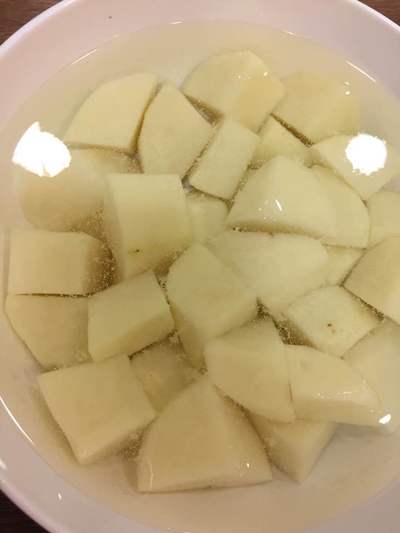
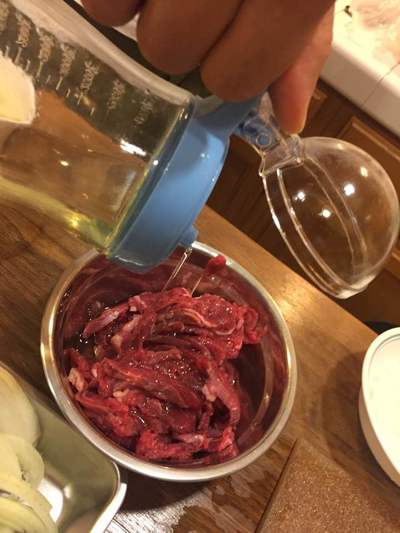
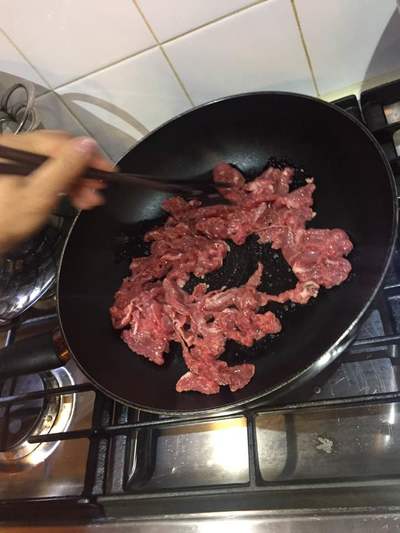
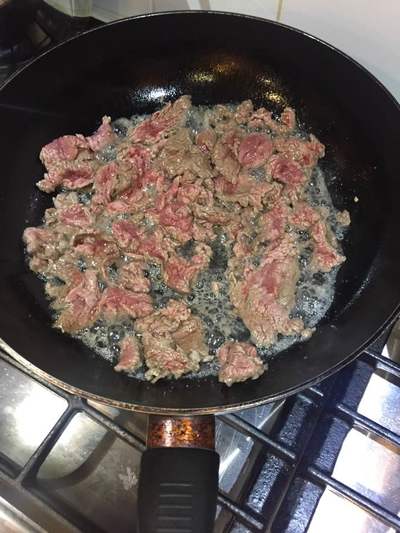
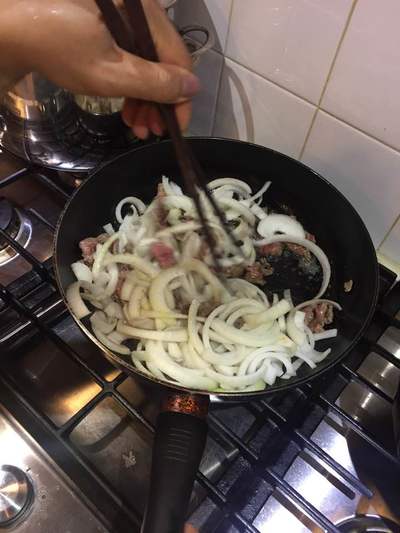
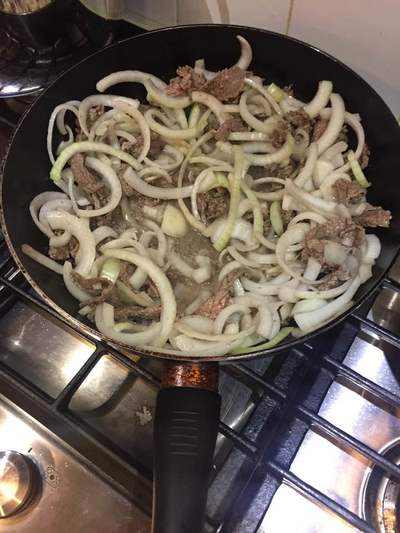
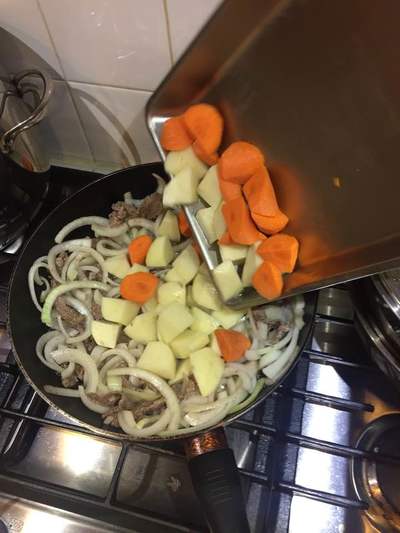
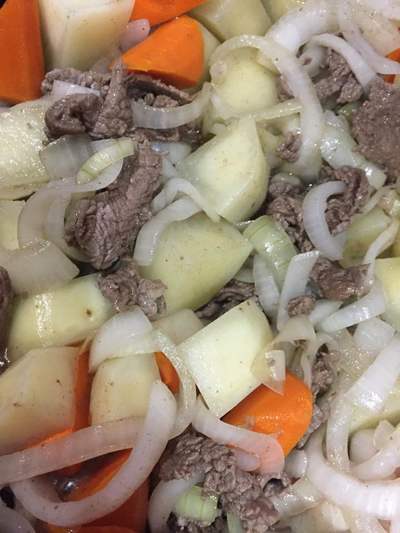
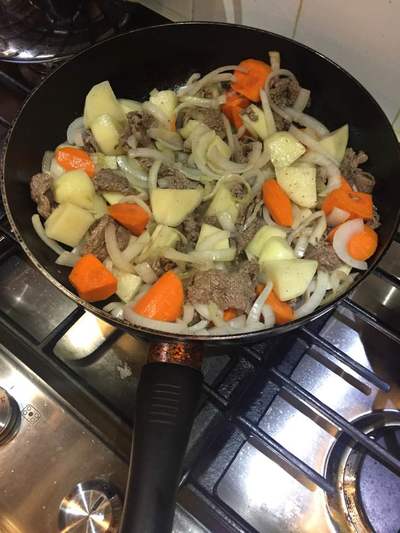
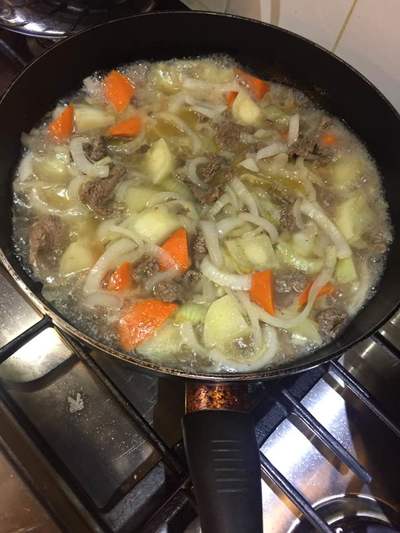
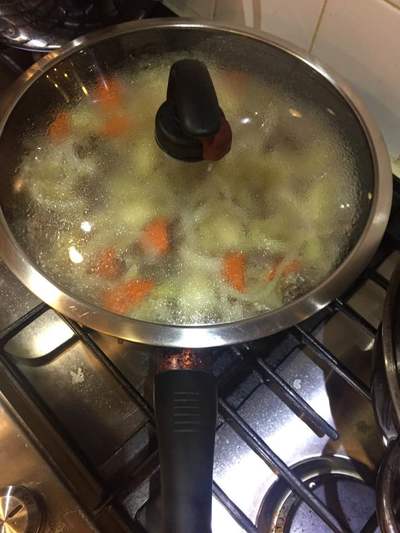
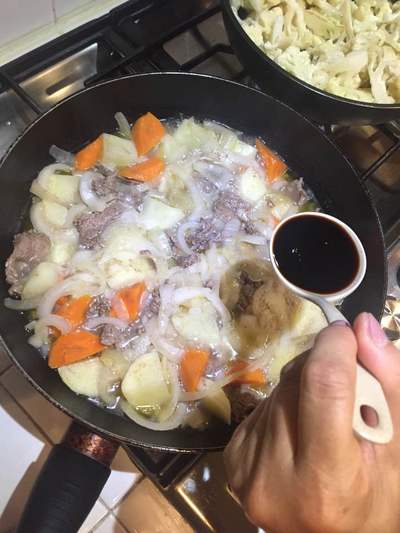
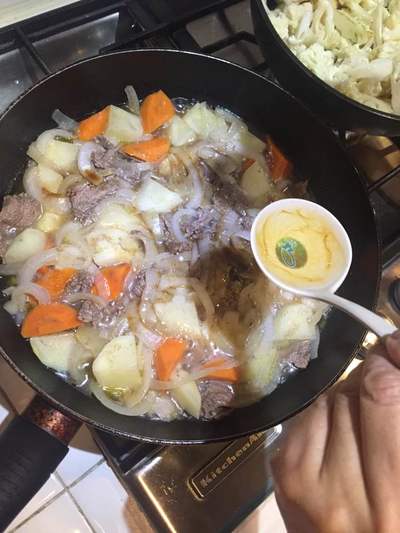
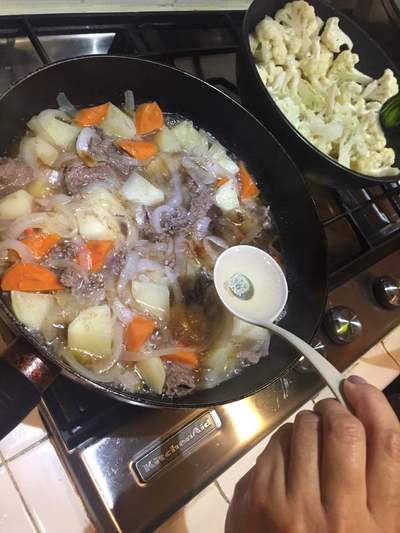
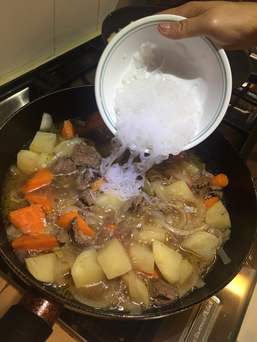
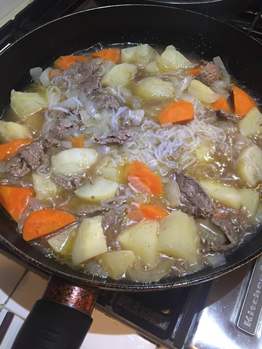
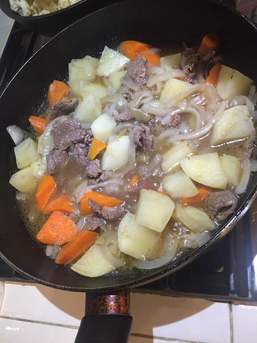
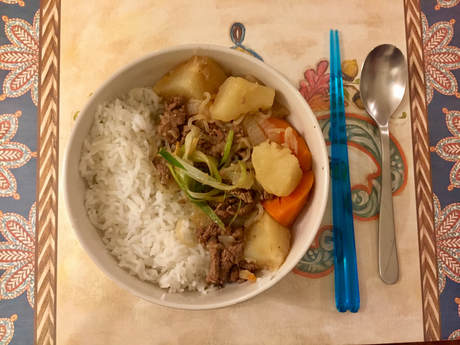
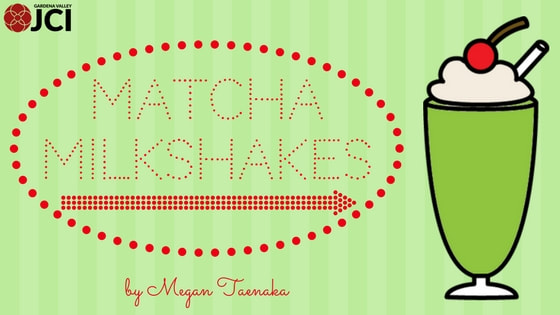
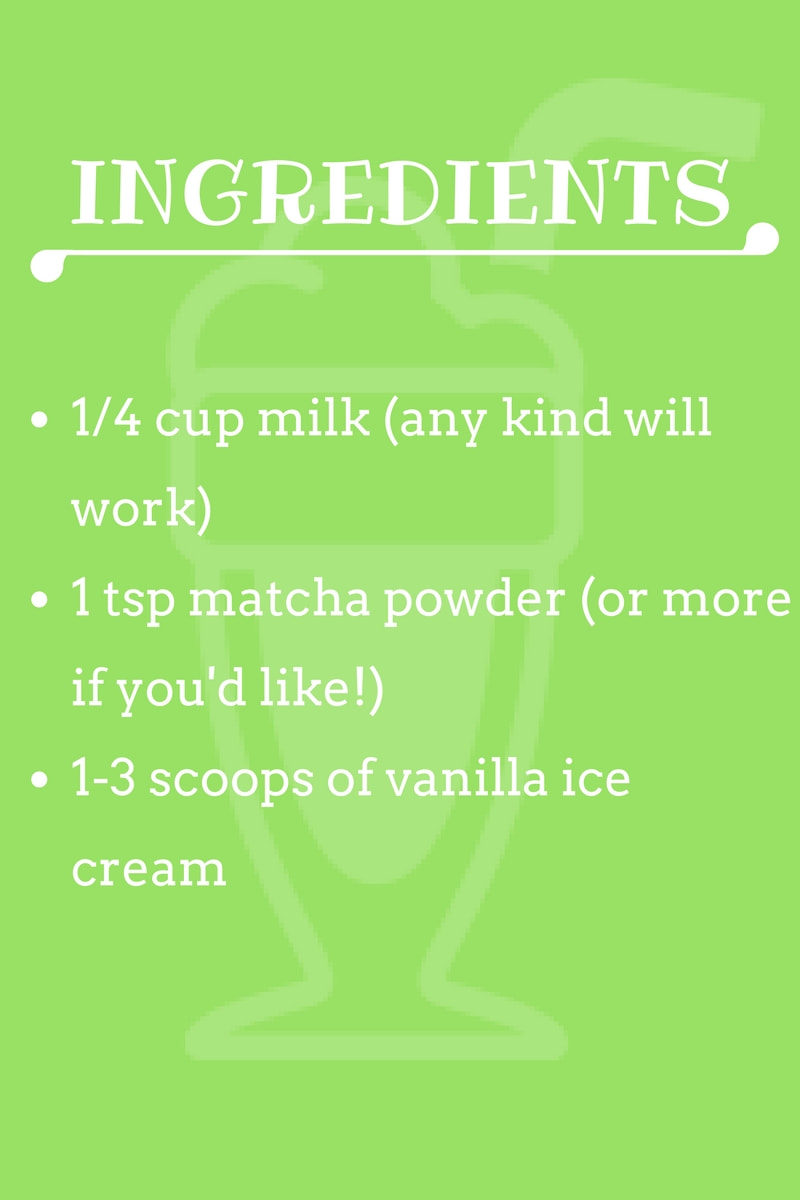
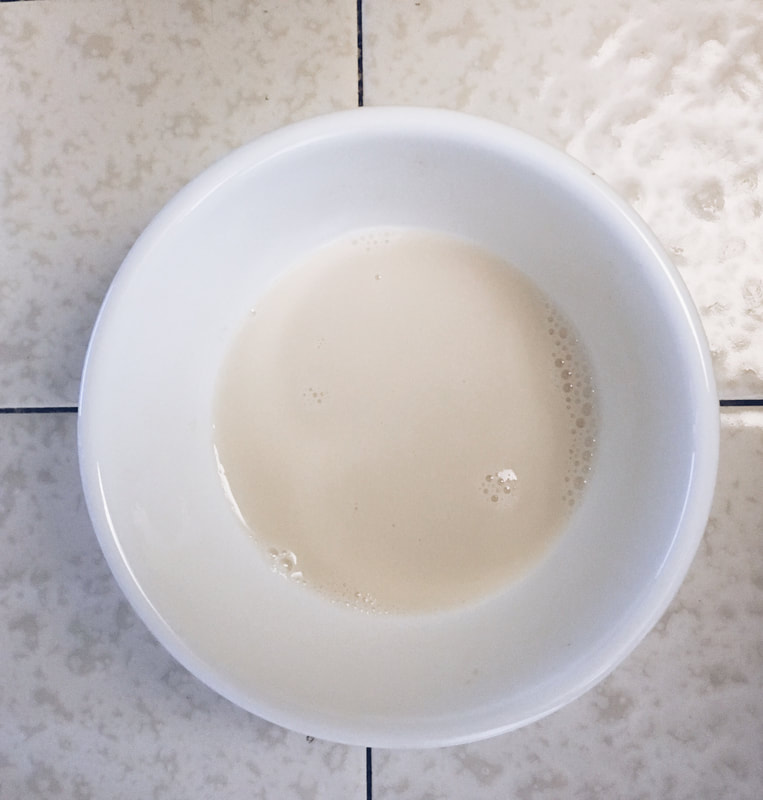
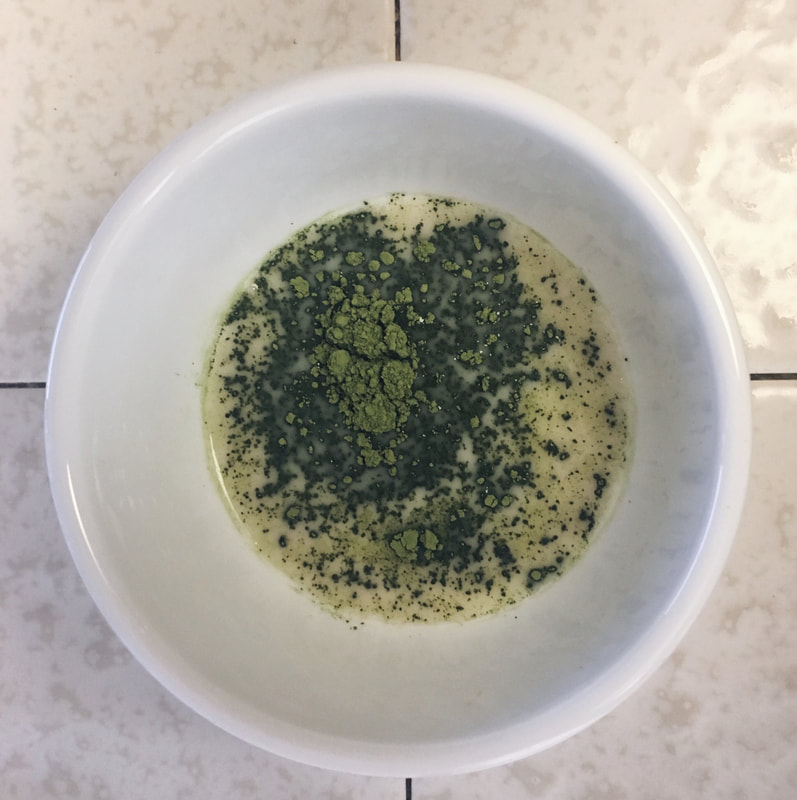
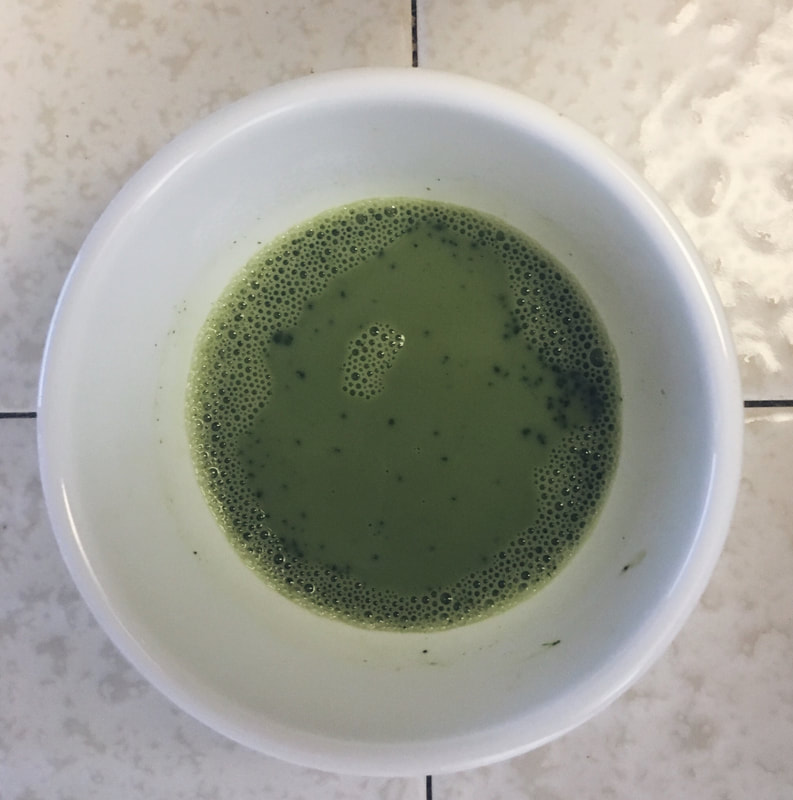
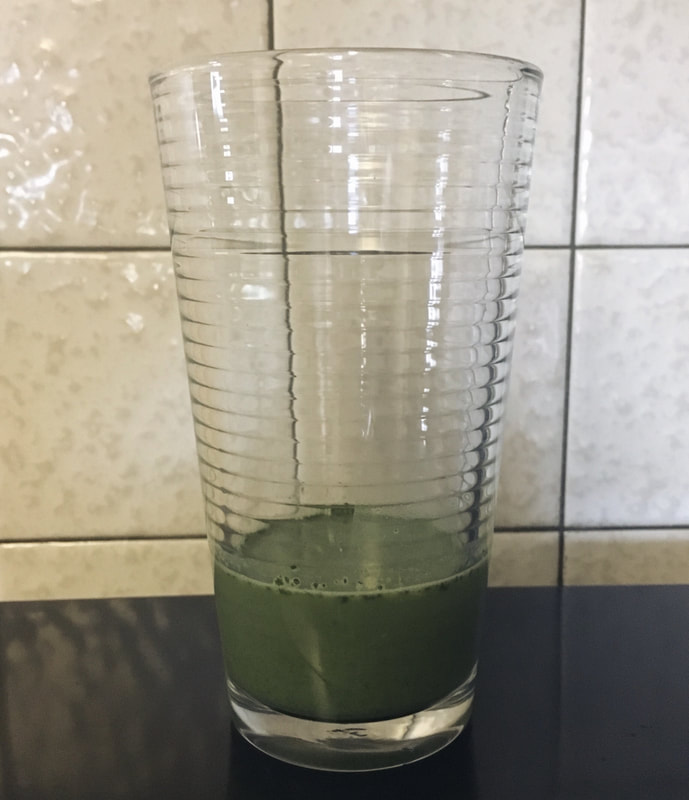
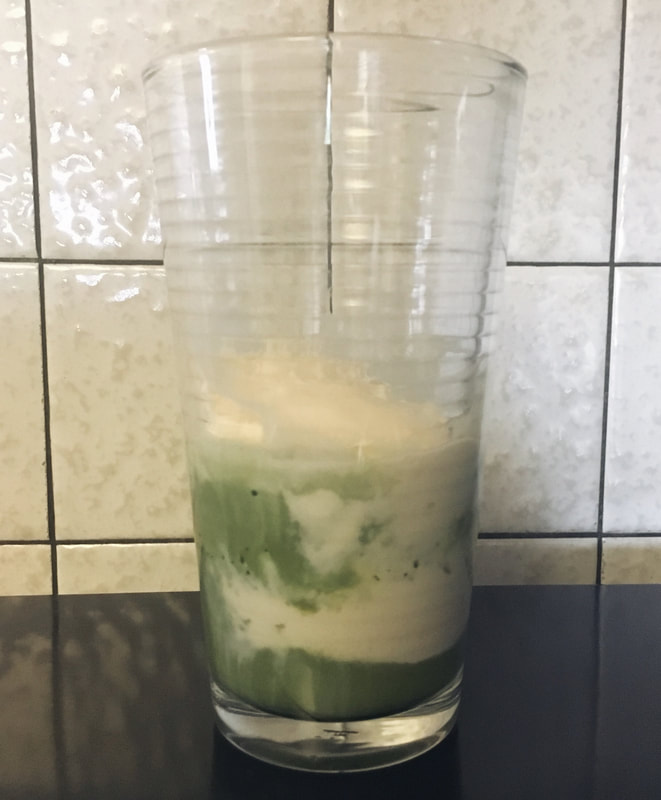
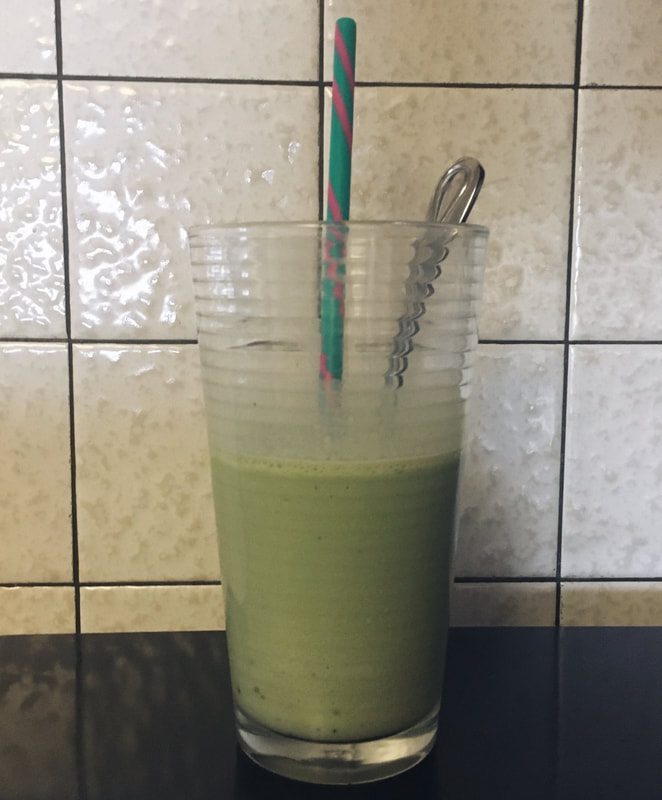
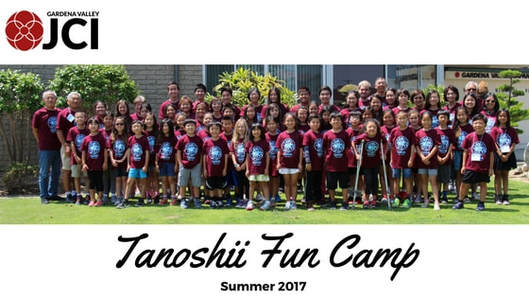
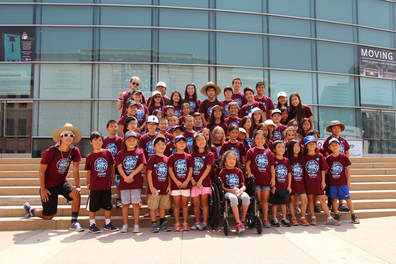
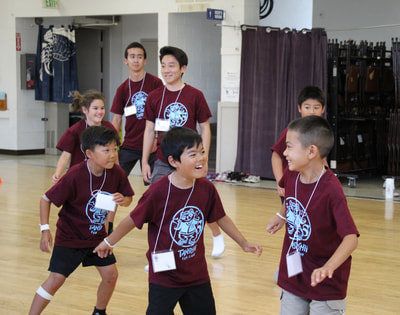
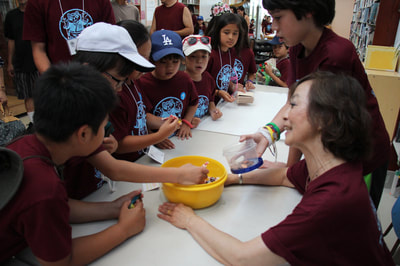
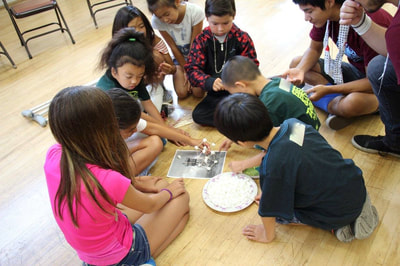
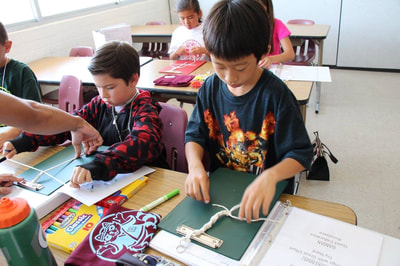
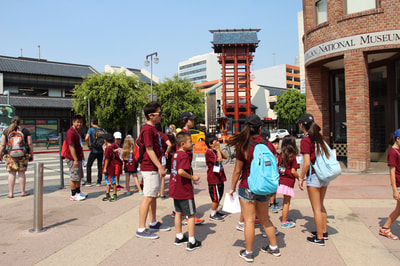
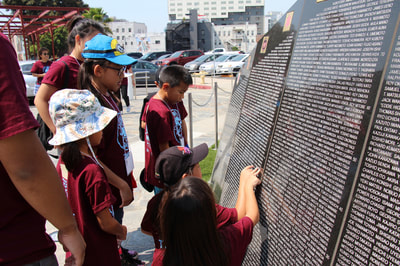
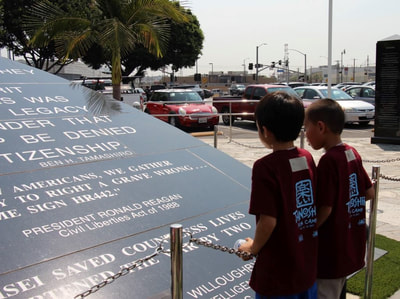
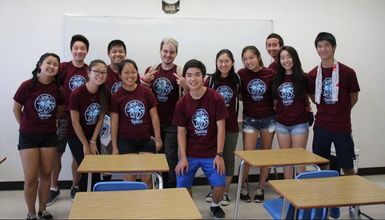
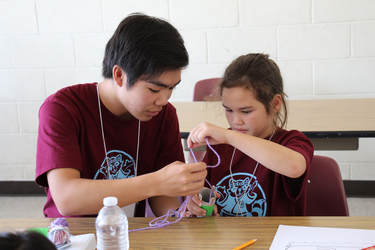
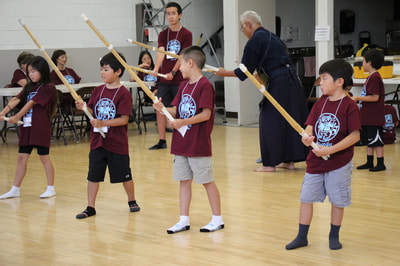
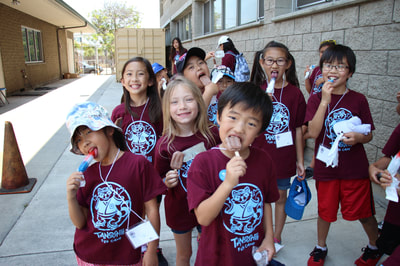
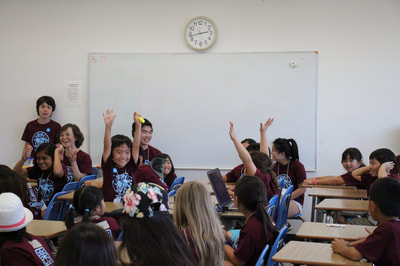
 RSS Feed
RSS Feed
